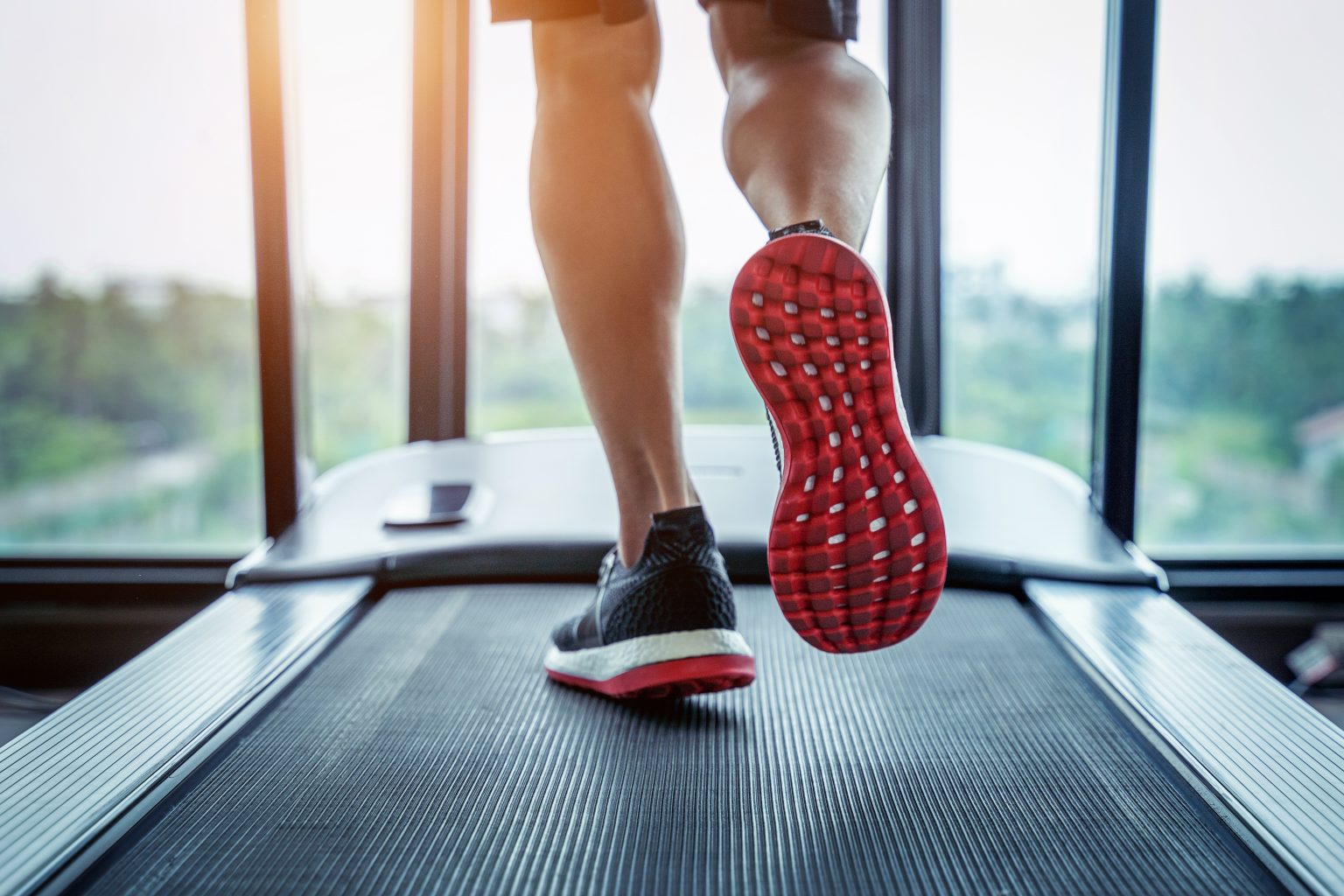Dynamics of Fat Metabolism During Exercise
Have you ever thought from which sources we get the energy required under resting conditions? It may be surprising, but 80-90% of the total energy needs are met from fat at rest. What about during exercise?
Depending on the intensity and duration of the exercise, the type of fuel used by the muscle changes. The first study on this subject was conducted in 1934. In the study, the participants were allowed to cycle at submaximal intensity for 6 hours. The findings of the study showed that as the exercise duration increased the use of carbohydrates as the energy source decreased, while the use of fat increased. Furthermore, the contribution of fat to total energy at the 6th hour was 84%. In another study examining the changes in carbohydrate and fat metabolism depending on the exercise duration and intensity, participants exercised on a cycle ergometer at intensities corresponding to 25%, 65%, and 85% of the maximal oxygen consumption (VO2max). The results of the study showed that as the exercise intensity increased, the use of glucose and muscle glycogen increased, while the use of muscle triglyceride and plasma free fatty acid decreased.
We now know that as the intensity of exercise increases, fat oxidation decreases. So what should be the intensity of the exercise so that we can observe maximal fat oxidation? How do we determine this intensity?
What is Fatmax?
Maximal fat oxidation is determined by the Fatmax test developed by Asker Jeukendrup et al. The test is based on the relationship between body fat oxidation and exercise intensity. When the graph is examined, it is seen that fat oxidation increases between low-intensity exercise (walking) and moderate-intensity exercise (jogging), and decreases between moderate-intensity exercise and high-intensity exercise (fast running or sprinting). In a zone between low- and high-intensity exercise, fat oxidation reaches its peak value and this value is defined as the maximal fat oxidation (Fatmax). The individual’s level of training, gender, acute and chronic nutritional status and the exercise method used in the test (treadmill, bicycle ergometer, etc.) are the factors that affect the “Fatmax” value. Therefore, it is very difficult to determine a general range for the “Fatmax” value.
In practice, the relationship between heart rate and fat oxidation measured during exercise can give us an idea. Maximal fat oxidation can be seen at 50% of the maximal heart rate as well as at 80%. However, if we still need to give an “average” value range; We can say that maximal fat oxidation occurs at exercise intensity corresponding to 65% of the maximal heart rate.
How to Conduct a Fatmax?
The Fatmax test is an exercise test that gradually increases in intensity. The test is started with a low exercise intensity. Then, exercise intensity (power on the bicycle ergometer, speed on the treadmill) is increased every 3 minutes. During the test, oxygen consumption and carbon dioxide production are determined by indirect calorimetry and then the amount of carbohydrate and fat oxidation is calculated. In the literature, there are various protocols developed to determine the maximal fat oxidation level of different populations (overweight, obese, athlete, sedentary, etc.).
What we are burning carbohydrate or fat: the RQ value.
Due to the differences in their molecular structures, the amount of oxygen required for carbohydrates and fats to transform into the end products as water and carbon dioxide is different. Depending on the type of substrate being degraded, the amount of carbon dioxide produced per unit of oxygen consumed also varies. The ratio between the amount of oxygen consumed and carbon dioxide produced gives us the RQ (respiratory coefficient, VCO2/VO2) value. The RQ value varies between 0.70-1.00 and the value 1.00 or close to 1.00 indicates that the energy obtained from carbohydrate oxidation is higher; if the RQ value is 0.70 or close to 0.70 indicates that the energy obtained from fat, that is, fat oxidation, is higher. Determining the contribution of carbohydrates and fats to energy production according to RQ value is a very reliable method. However, during high-intensity exercises, the lactic acid formed anaerobically is neutralized by bicarbonate, which is a buffering agent in the body’s natural buffering system. Neutralization of lactic acid by bicarbonate leads to the formation of carbon dioxide and water molecules, leading to the metabolic production of carbon dioxide independently of the oxidized substrate. This causes the RQ value to give misleading results in determining the contribution level of carbohydrates and fats to energy production in high intensity exercises. Therefore, the RQ value is not used to determine the contribution of carbohydrates and fats in high intensity exercises.
Conclusion
- Whether professional athlete or recreationally active individual; Fat oxidation increases as the intensity of exercise increases from low exercise intensity to moderate exercise intensity, but decreases as the intensity of exercise increases from moderate-intensity to high-intensity.
- Maximal fat oxidation is observed at moderate-intensity exercise and the exercise intensity at which it is observed defined as the Fatmax value.
- Fatmax varies depending on the individual factors, so it is not possible to specify a single value.
References
- Edwards HT, et al. Metabolic rate, blood sugar and utilization of carbohydrate. Am J Physiol 1934;108:203
- Romijn JA, et al. Regulation of endogenous fat and carbohydrate metabolism in relation to exercise intensity and duration. Am J Physiol 1993;265:E380.
- Achten, J., Gleeson, M., and Jeukendrup, A. E. (2002). Determination of exercise intensity that elicits maximal fat oxidation. Med. Sci. Sports Exerc. 34, 92–97. doi: 10.1097/00005768-200201000-00015
